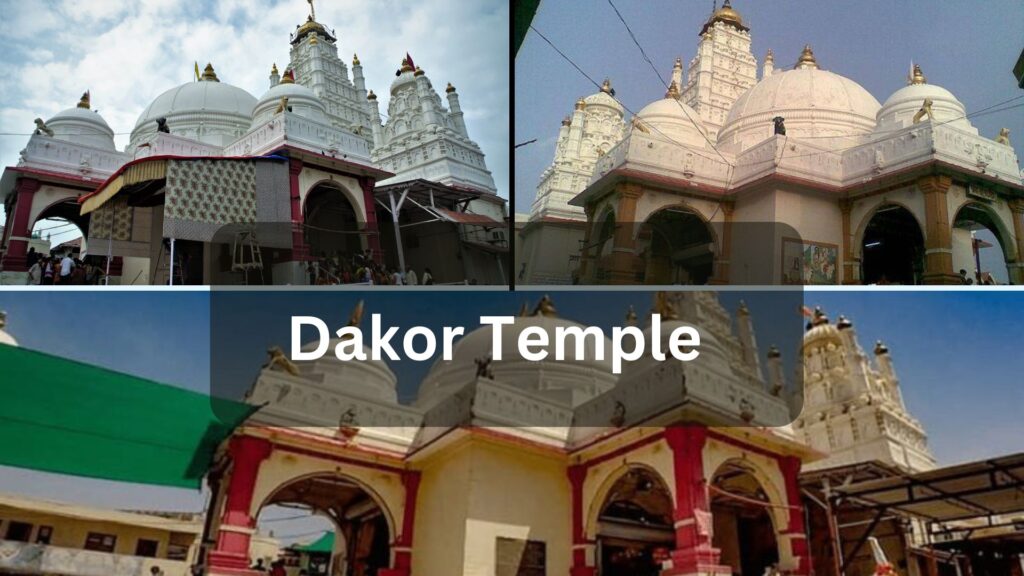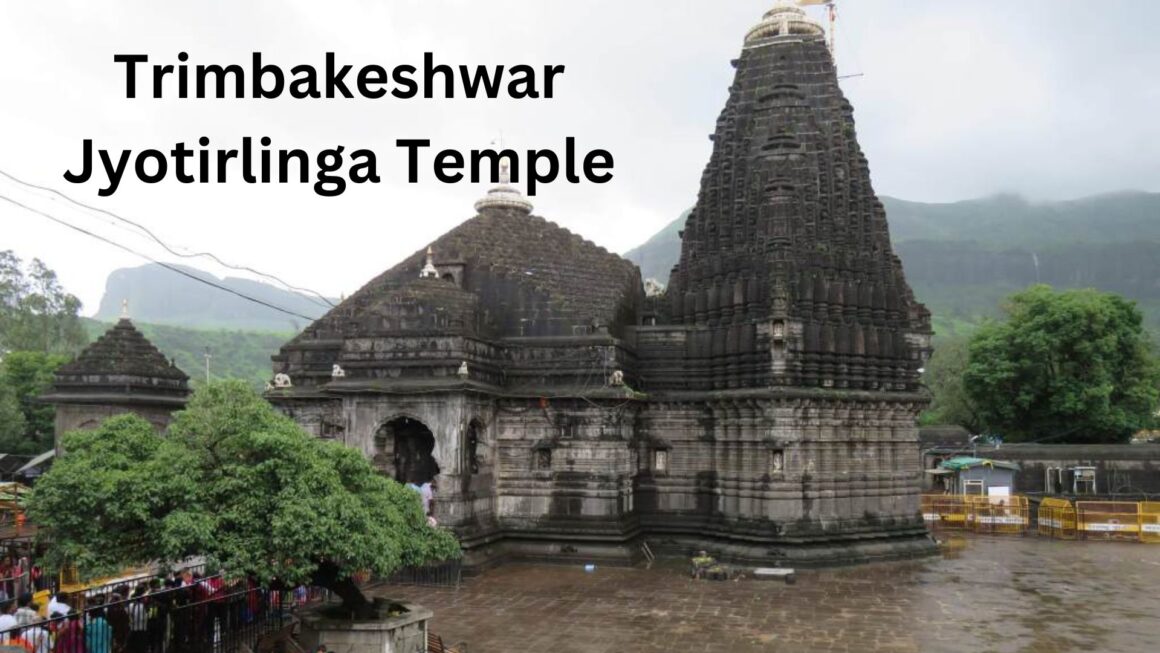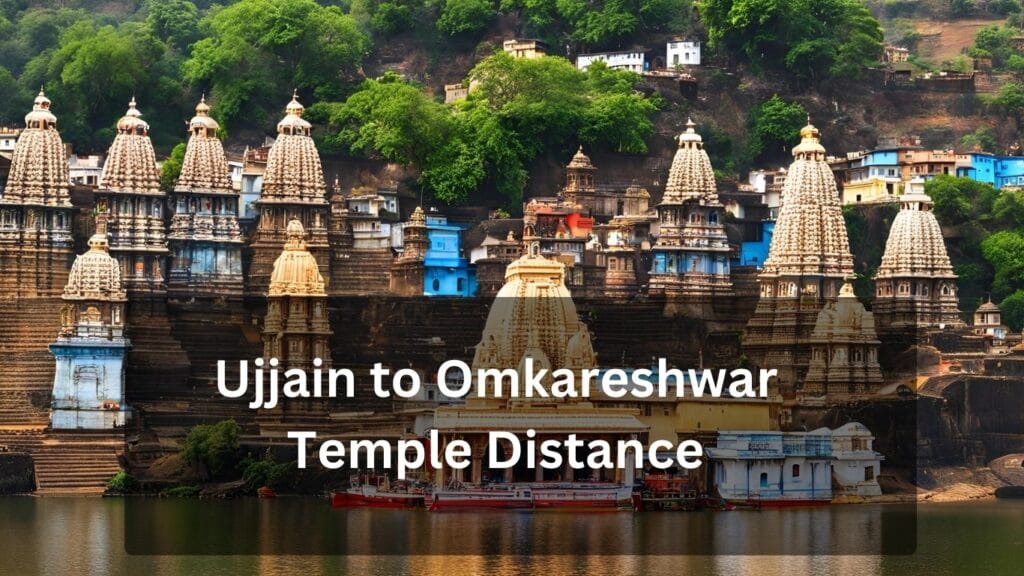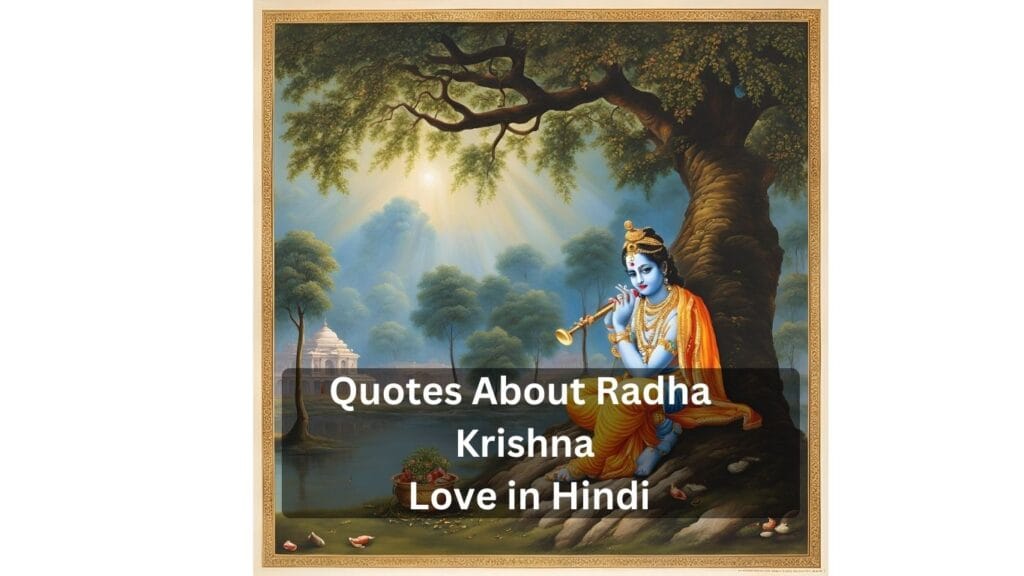Dakor Temple Darshan Timings: Discover the enchanting Dakor Temple, also known as Ranchhodraiji Temple, a renowned spiritual and cultural landmark in Gujarat. Nestled in the quaint town of Dakor, this historic temple is dedicated to Lord Krishna and boasts a rich history dating back to the 18th century. The Dakor Temple is celebrated for its stunning North Indian architectural style, intricate carvings, and majestic shikharas, offering visitors a visual feast and a profound sense of peace.
Immerse yourself in the vibrant festivals of Janmashtami and Holi, where the temple comes alive with devotional singing, dancing, and elaborate rituals. Experience the daily aartis and prayers, each an expression of deep spiritual devotion. As one of Gujarat’s significant pilgrimage sites, the Dakor Temple attracts thousands of devotees seeking blessings and spiritual fulfillment.
Historical Background of Dakor Temple
The Dakor Temple, nestled in the heart of Gujarat, India, holds a rich historical and spiritual legacy. Let us delve into its fascinating past:
- Ancient Roots:
- In ancient times, the region was known as “Dankor,” named after the hermitage (ashram) of Dank Rishi.
- Legend has it that Lord Shiva granted Dank Rishi’s request to remain permanently in his hermitage, leaving behind a replica in the form of a Ban (Ling), known as Danknath Mahadev.
- The serene surroundings attracted sages for penance.
- Devotion of Bodana:
- The present significance of Dakor owes itself to Bodana, a devoted follower of Lord Krishna.
- In his previous birth, Bodana was a cowherd named Vijayanand in Gokul. Lord Krishna visited him in disguise, and he became a staunch devotee.
- Lord Krishna granted him a boon: he would be reborn in Gujarat as Vijayanand Bodana, and his wife Sudha would be reborn as Gangabai. Lord Krishna would offer them emancipation (Moksha) after giving them a glimpse (darshna).
- Construction of the Temple:
- Gopāl Tāṁbvekar, a Dakṣiṇī Brahmin from Poona and a devotee of Veṅkaṭeśa, built the current Dakor Temple.
- Construction began in AD 1769-70, and the deity Raṇchoḍjī was moved into the new temple in 1770-71.
- Peśvā Mādhava Rāō granted Dakor to Tāṁbvekar.
- Artistic Splendor:
- The temple houses numerous artistic sculptures, reflecting the devotion and craftsmanship of its builders.
- Pilgrims flock to Dakor seeking spiritual solace and blessings from Lord Krishna.
The Legend of Ranchhodraiji
According to popular belief, Lord Krishna, known as Ranchhodraiji in this region, chose Dakor as his abode. The legend states that a devout follower named Bodana carried the idol of Lord Krishna from Dwarka to Dakor. Over time, the idol became a central point of worship, leading to the construction of the magnificent temple we see today.
Architectural Splendor
The Dakor Temple is a fine example of traditional Hindu temple architecture, featuring intricate carvings and grandiose structures.
Design and Layout
The temple complex is built in a traditional North Indian architectural style, characterized by towering shikharas (spires) and a sanctum sanctorum housing the main deity.
- Main Entrance: The grand entrance is adorned with beautiful carvings depicting various scenes from the life of Lord Krishna.
- Garbhagriha (Sanctum Sanctorum): The innermost chamber where the idol of Ranchhodraiji is placed. The sanctum is decorated with gold and precious stones, enhancing its divine aura.
- Mandapa (Prayer Hall): The large hall where devotees gather to offer their prayers and participate in religious ceremonies.
Artistic Elements
The temple walls and pillars are embellished with intricate carvings and sculptures. These artworks depict various avatars of Lord Vishnu, episodes from the Mahabharata, and other mythological themes.
Surrounding Structures
Apart from the main temple, the complex includes smaller shrines dedicated to other deities, gardens, and water bodies that add to the serene ambiance of the place.
Religious Significance
Dakor Temple is not just a place of worship but a vibrant center of cultural and religious activities.
Festivals and Celebrations
- Janmashtami: Celebrated with great fervor, this festival marks the birth of Lord Krishna. The temple becomes a hub of activities, including devotional singing, dancing, and elaborate rituals.
- Holi: The festival of colors is celebrated with immense enthusiasm. Devotees gather to throw colors, sing bhajans, and enjoy traditional sweets.
- Annakut: Following Diwali, the Annakut festival involves the offering of a variety of vegetarian dishes to the deity.
Daily Rituals
The temple follows a strict schedule of daily rituals, starting with the Mangala Aarti in the early morning and concluding with the Shayana Aarti at night. Each ritual is accompanied by devotional songs and the playing of musical instruments.
Pilgrimage Importance
Dakor is considered one of the significant pilgrimage sites in Gujarat. Devotees believe that visiting the temple and offering prayers can bring peace, prosperity, and spiritual fulfillment.
Visiting Dakor Temple
Planning a trip to Dakor Temple requires some preparation to make the most of the visit.
Best Time to Visit
The ideal time to visit the temple is during the festivals of Janmashtami and Holi when the temple is at its vibrant best. However, for those who prefer a quieter experience, the winter months from October to February are recommended.
How to Reach
- By Air: The nearest airport is Sardar Vallabhbhai Patel International Airport in Ahmedabad, approximately 90 km away.
- By Train: Dakor has its own railway station, connected to major cities in Gujarat.
- By Road: Regular bus services and taxis are available from Ahmedabad, Vadodara, and other nearby cities.
Accommodation
Several lodging options are available in Dakor, ranging from budget guesthouses to comfortable hotels. For those seeking a more spiritual experience, staying at the temple’s dharamshala is recommended.
Local Cuisine
Visitors can enjoy traditional Gujarati cuisine at the various eateries around the temple. Dishes like dhokla, fafda, khandvi, and sweets like jalebi and basundi are a must-try.
Cultural Impact
The Dakor Temple has had a profound impact on the local culture and community.
Promoting Tourism
The temple attracts thousands of tourists annually, boosting the local economy. Handicrafts, souvenirs, and local produce sold around the temple contribute significantly to the livelihood of the residents.
Community Services
The temple administration runs several community service programs, including free meals for the needy, educational initiatives, and healthcare services. These programs reflect the temple’s role in promoting social welfare.
Preservation of Traditions
Through its festivals, rituals, and daily activities, the Dakor Temple plays a crucial role in preserving and promoting the rich traditions and cultural heritage of Gujarat.
Conclusion
The Dakor Temple is not just a place of worship; it is a symbol of the rich cultural and religious heritage of Gujarat. Its historical significance, architectural beauty, and vibrant traditions make it a must-visit destination for anyone seeking spiritual solace and a deeper understanding of Indian culture. Whether you are a devotee, a history enthusiast, or a curious traveler, a visit to the Dakor Temple promises an enriching and unforgettable experience.
For more information about other temple:-




